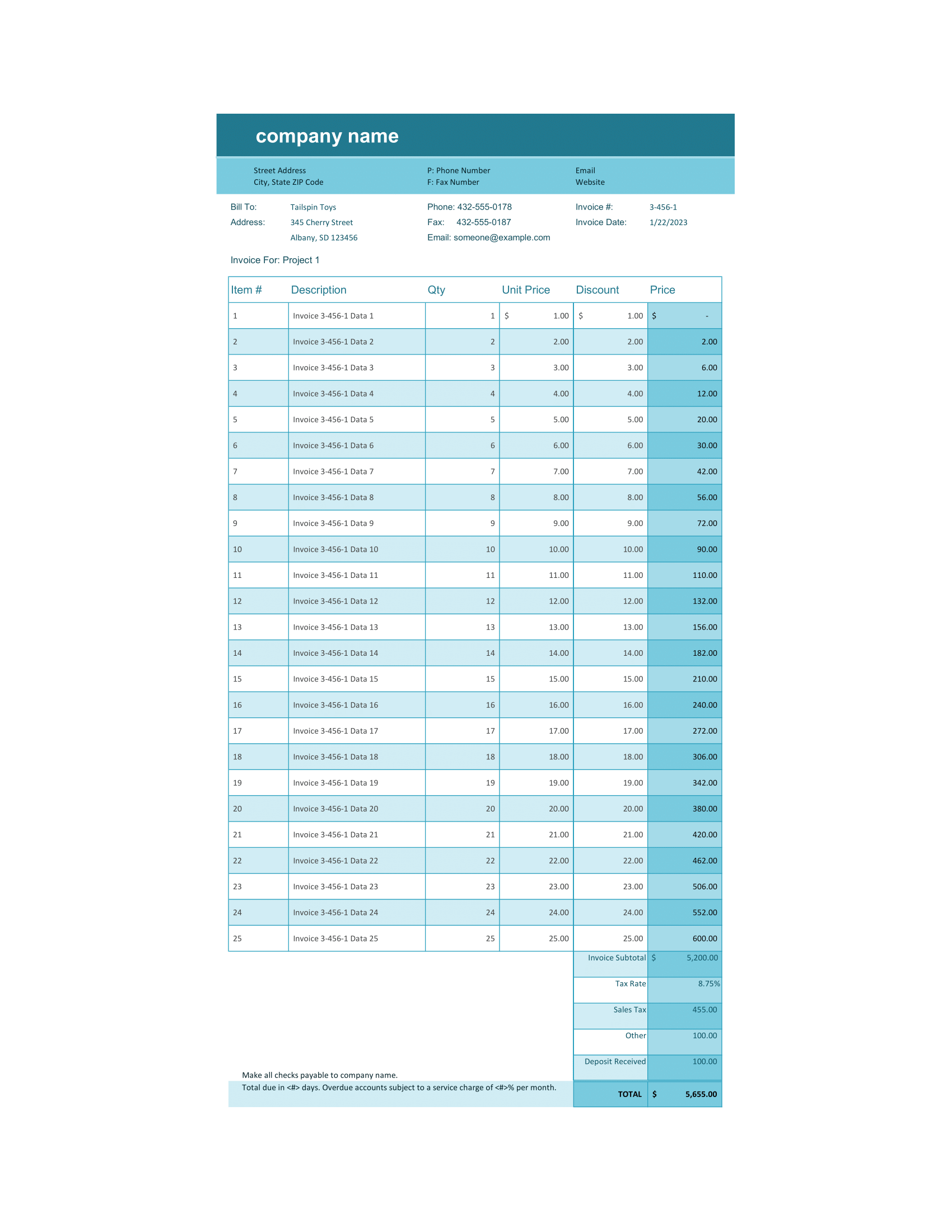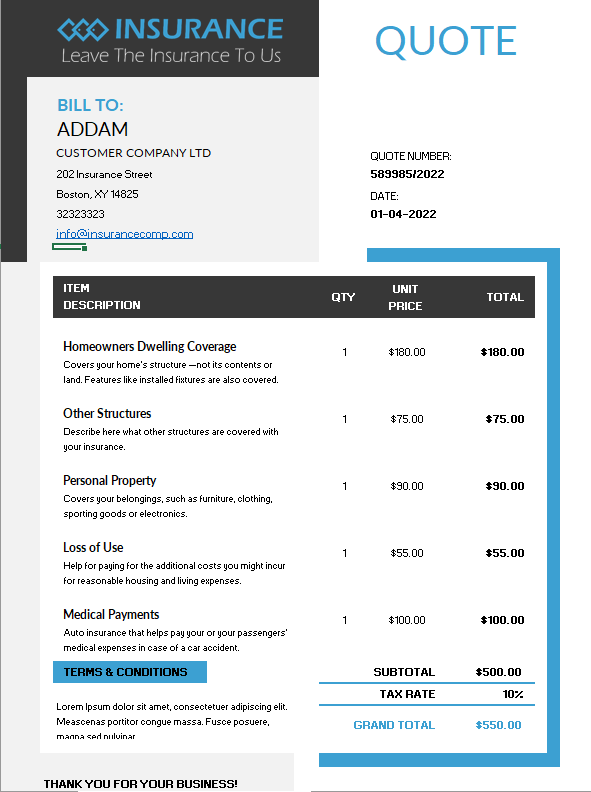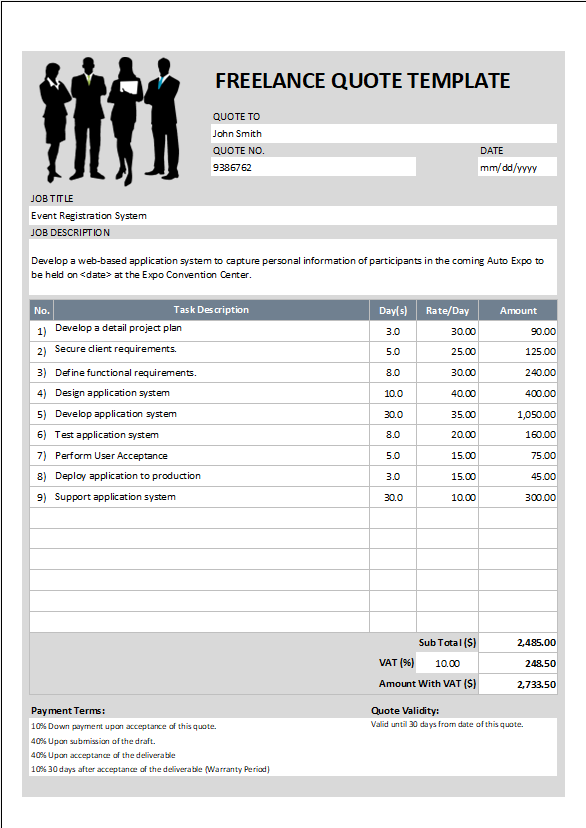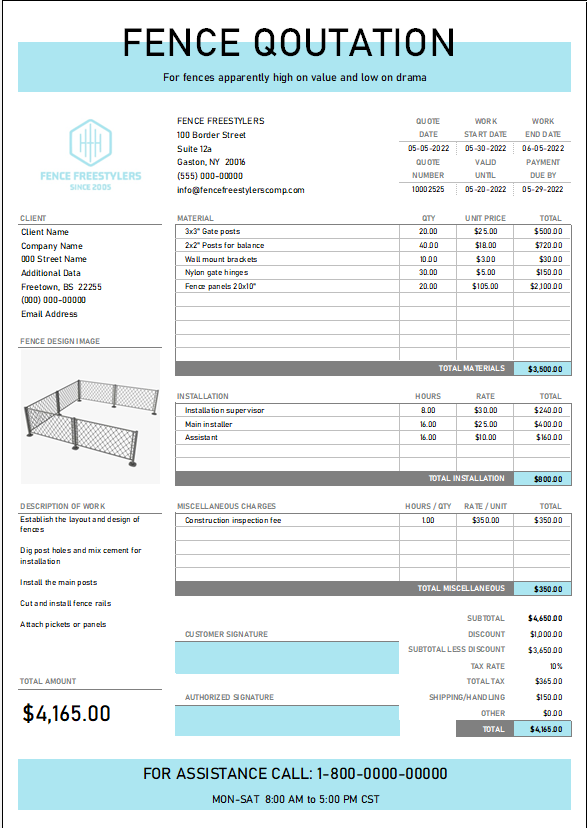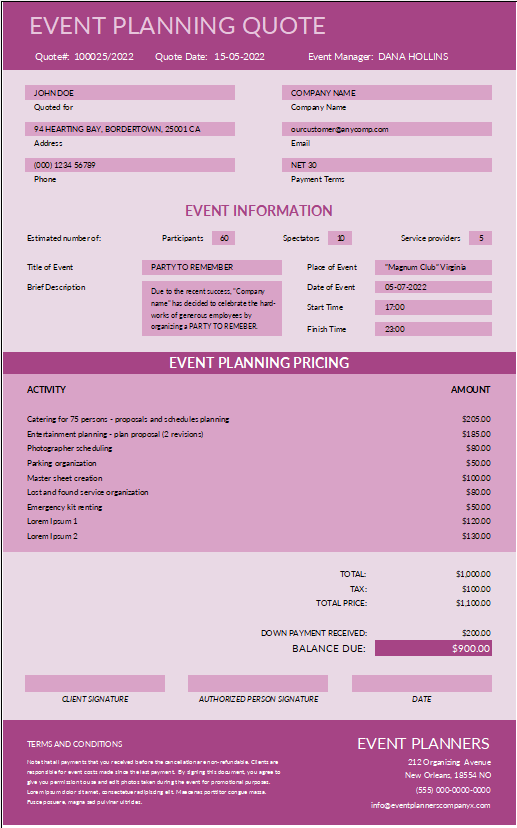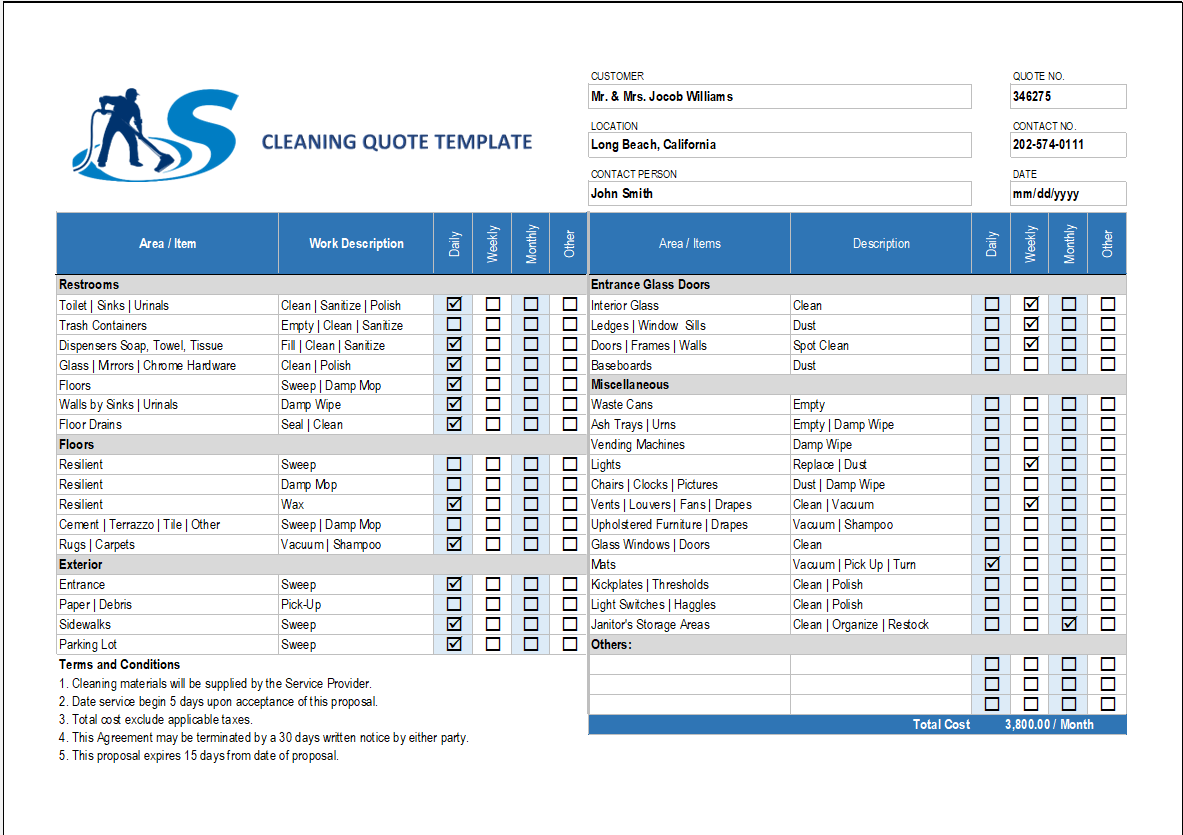In today’s fast-paced business world, sales invoices aren’t just about demanding payment. They’re part of an integrated system that can help businesses track sales, manage customer relationships, and streamline operations. A Sales Invoice with Tracker combines the traditional invoicing system with a tracking mechanism, allowing businesses to not just issue bills but also to monitor payments, manage recurring invoices, and have a holistic view of their sales process.
Features of a Sales Invoice with Tracker:
- Sales Invoice Generation: Automated creation of sales invoices based on provided data.
- Payment Status: Track if an invoice has been paid, is pending, or is overdue.
- Customer History: Access the history of a customer’s transactions, payments, and any outstanding amounts.
- Recurring Invoices: Set up periodic invoices for services that are billed on a regular basis.
- Analytics and Reporting: Get insights on sales trends, top customers, payment timelines, etc.
- Reminders and Notifications: Automated reminders for overdue payments or nearing due dates.
- Export/Import Feature: Import existing data or export current data for backup or further analysis.
- Integration with Accounting Software: Seamless integration capabilities with other financial systems.
Benefits of Using a Sales Invoice with Tracker:
- Efficiency: Streamlines the invoicing process, ensuring that all sales are billed, and payments are tracked.
- Transparency: Provides a clear view of sales and payments, allowing for better financial planning.
- Customer Management: Helps businesses manage customer relationships by keeping track of all interactions.
- Financial Health: By keeping an eye on overdue payments, businesses can take timely actions to ensure liquidity.
- Forecasting: Historical data can be used to forecast future sales and cash flows.
- Reduced Errors: Automated systems reduce the possibility of human errors in billing and calculations.
How Does It Work?
- Invoice Creation: When a sale is made, details are entered into the system, and an invoice is automatically generated.
- Issuing Invoice: The invoice is sent to the customer via email, postal mail, or other preferred methods.
- Tracking: Once the invoice is issued, it’s status is monitored. Changes in status (like when a payment is received) are updated in real-time.
- Reporting: Based on the data, various reports can be generated such as monthly sales, customer dues, etc.
- Reminders: The system automatically sends out reminders for unpaid invoices as the due date approaches.
- Reconciliation: When payments are received, they are matched with the respective invoices, ensuring that there’s no mismatch.
Conclusion:
A Sales Invoice with Tracker is an invaluable tool for modern businesses. It not only ensures that all sales are billed correctly but also provides businesses with the insights they need to grow and thrive. Whether it’s understanding sales trends, managing customer relationships, or ensuring timely cash flow, this system can be the backbone of a company’s financial operations.

